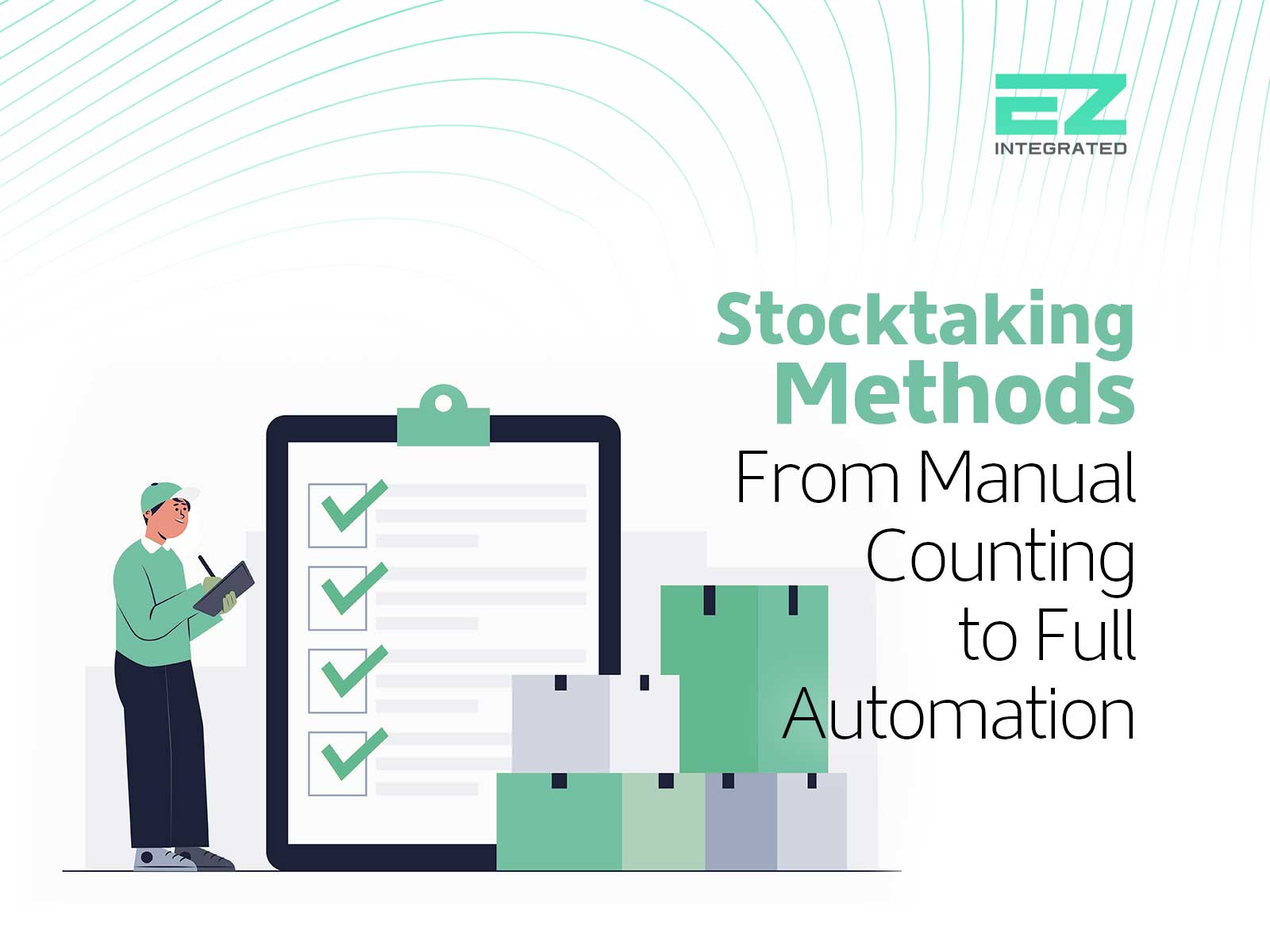Understanding stocktaking methods is the first step toward professional inventory and warehouse management. Choosing the right method ensures accurate data and builds trust in your financial reports.
Using the wrong stocktaking methods can lead to costly errors or misleading decisions.
In this article, we’ll explain accounting-based stocktaking methods, compare them with physical stocktaking types, review the main manual, electronic, and smart methods, and explore how CODEIT and EZ Integrated boost speed and accuracy.
What Is Accounting-Based Stocktaking Methods?
Accounting-based stocktaking methods refer to how inventory is recorded in financial books. They calculate quantities and values and connect stock to purchase and sales cycles.
These differ from types of physical stocktaking, which focus on how and when counting happens, such as spot checks or sampling.
In short, stocktaking methods define how inventory is processed in accounting systems, while stocktaking types focus on physical procedures. Understanding both is essential for full inventory control.
Also read: A Complete Guide to the Main Types of Stocktaking
Stocktaking Methods: A Journey from Paper to Smart Solutions
There are several practical stocktaking methods used by businesses. Each has strengths and limitations. Choosing the right one depends on your operations and goals.
1. Manual Stocktaking
This is the oldest and most used method among small businesses. It involves paper-based counting and manual reconciliation. While low-cost, it is time-consuming and prone to human error.
2. Electronic Stocktaking
This method uses digital systems to log stock data directly into central databases. It offers speed and accuracy but requires investment and user training.
3. Barcode-Based Stocktaking
This is one of the most effective stocktaking methods for stores and warehouses. Products are scanned using barcode devices for fast counting and instant syncing with systems.
4. RFID Smart Scanning
RFID technology allows bulk scanning without individual item input. It’s ideal for large warehouses and supply chains, reducing time and minimizing manual effort.
Which Stocktaking Method Is Best?
There is no single best method. It depends on business size and activity level. Small businesses may rely on manual stocktaking, while large stores benefit from barcode scanning.
Manufacturers and logistics providers often use electronic or smart methods for high precision.
The best stocktaking methods strike a balance between business scale, product movement speed, and budget.
Also read: Smart Stocktaking Process Steps: A Practical Guide for Businesses
CODEIT: The Best Inventory Stocktaking Software
As your business grows, you’ll need a powerful digital tool to support all stocktaking methods. This is where CODEIT stands out.
CODEIT offers:
- Support for manual, electronic, barcode, and RFID stocktaking methods.
- Integration with POS systems for real-time data syncing.
- Accurate reports reflecting actual inventory.
- Reduced manual work and fewer human errors.
With CODEIT, stocktaking becomes faster and more reliable—regardless of your business size.
EZ Integrated: E-Invoicing and Data Sync Solutions
No stocktaking method is complete without integration into your financial systems. EZ Integrated is a certified e-invoicing provider by ZATCA in Saudi Arabia.
It offers:
- Real-time matching of inventory data with sales.
- E-invoicing compliant with ZATCA Phase Two standards.
- Accurate financial reports for better management.
- Fewer errors and improved data transparency.
Choosing the right stocktaking methods is essential for operational success. From manual to smart methods, the key lies in using robust systems like CODEIT and integrating them with EZ Integrated.
This approach ensures accurate, fast, and compliant stocktaking tailored to your business needs.
Contact us today to schedule your free consultation and discover the best stocktaking solution for your company.
